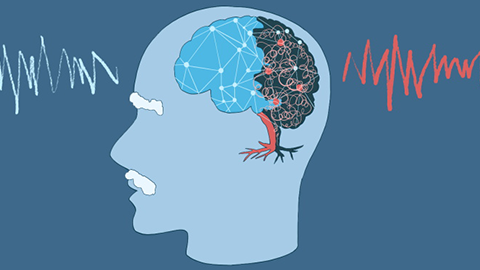Why is hypoxic brain injury difficult to cure?
Under normal circumstances, the reasons why hypoxic brain injury is difficult to cure include the non-regenerative nature of brain cells, extensive damage caused by hypoxia, complex pathological changes, slow recovery of neural functions, and impacts from complications. If discomfort symptoms occur, it is recommended to seek timely treatment at a regular hospital. Detailed analysis is as follows:
1. Non-regenerative nature of brain cells
Brain cells are highly differentiated cells, and once damaged, their capacity for regeneration is extremely limited. When hypoxia leads to brain cell death, these dead brain cells cannot be replenished through cell division and proliferation as other tissue cells in the body can.
2. Extensive damage caused by hypoxia
Hypoxic brain injury often is not limited to a single localized area but may affect multiple regions of the brain. Brain tissue is a complex network system where different brain areas interconnect and work together. When multiple brain regions are simultaneously affected by hypoxia, it can impair the normal functioning of the entire neural network.
3. Complex pathological changes
Hypoxia can cause a series of complex pathological changes in brain tissue, including cerebral edema, intracerebral hemorrhage, neuronal necrosis, and glial cell proliferation. These pathological changes interact with each other, further aggravating brain damage. For example, cerebral edema can compress surrounding healthy brain tissue, leading to worsened ischemia and hypoxia in the brain tissue, creating a vicious cycle.

4. Slow recovery of neural functions
The recovery of neural functions is an extremely slow process, requiring nerve cells to reestablish connections and repair damaged neural conduction pathways. Even if some brain cells survive after hypoxic brain injury, their functional recovery takes a long time. Moreover, the recovery of neural function is often incomplete, and patients may not return to their pre-injury normal state.
5. Impact of complications
Patients with hypoxic brain injury often develop various complications, such as lung infections, urinary tract infections, and pressure sores. These complications not only worsen the patient's condition but also affect treatment outcomes. For example, lung infection can lead to respiratory difficulties, further exacerbating cerebral hypoxia.
Patients with hypoxic brain injury need to closely monitor changes in their condition and undergo regular follow-up examinations such as head CT scans and MRI to assess the recovery of brain structure. In daily life, they should maintain a regular routine, avoid excessive fatigue and mental stress, and ensure adequate sleep to promote brain tissue repair.




